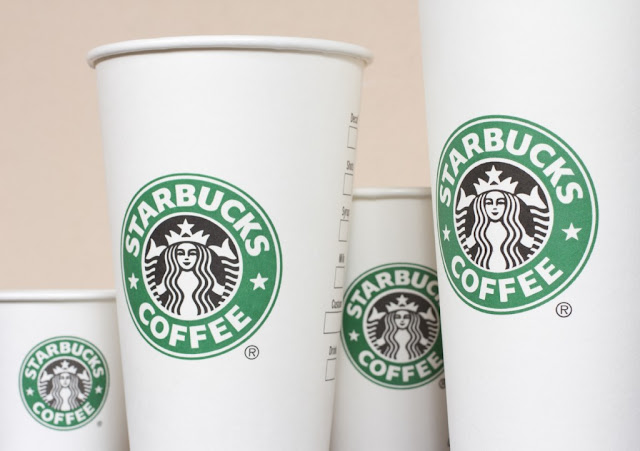Starbucks just announced that a cup of brewed coffee will cost 10 to 20 cents more. While the price increase depends on where you live, a “tall” (their smallest size except for the “short”) probably is somewhere between 1.95 and $2.15 before tax.

Who agrees with Leah?
It could relate to Dunkin’ Donuts and McDonald’s, a Frappuccino, and a rubber band.
Substitute Products: Dunkin’ Donuts and McDonald’s
If the three brands are interchangeable, then the price increase will make Starbucks less attractive. On a Starbucks graph, an economist would shift the demand curve to the left to display less demand because people were switching to cheaper substitutes.
Reference Points: Frappuccinos
Higher Starbucks prices can also take us to reference points. Tall, grande, and vente cups of coffee have always been the cheapest drinks at Starbucks. Because I buy the coffee that is custom made in their Clover machine, my price is closer to $3.00. As a reference point, that clover makes the price of a basic cup of coffee, even after an increase, look inexpensive. Similarly, compared to a Frappuccino, a higher priced plain coffee is still pretty cheap.
Our Bottom Line: Elasticity
Maybe though it all comes down to your elasticity. And that is where the rubber band enters the picture.
If price changes a lot and the quantity we buy remains almost the same, then our demand is inelastic. By contrast, if price swings have a big impact on buying, then our response is elastic. With elastic demand, like a rubber band, the quantity we demand stretches when price drops and contracts when its rises.
At Starbucks, we see inelastic demand from those consumers who believe Dunkin’ Donuts and McDonald’s are not substitutes. Similarly, pricey Frappuccinos that are reference points only reinforce inelastic demand. No matter what, consumers with inelastic demand buy their Starbucks coffees.
However, there is price point for all of us when our inelasticity becomes elastic. And that returns us to Leah’s Tweet.
My sources and more: After seeing the increase at WSJ, I went to Eater which is always good for food and drink insight. Meanwhile Refinery29 told a bit more and Money looked at the coffee wars. Finally, I even discovered the coffee war academic perspective here.
Ideal for the classroom, econlife.com reflects Elaine Schwartz’s work as a teacher and a writer. As a teacher at the Kent Place School in Summit, NJ, she’s been an Endowed Chair in Economics and chaired the history department. She’s developed curricula, was a featured teacher in the Annenberg/CPB video project “The Economics Classroom,” and has written several books including Econ 101 ½ (Avon Books/Harper Collins). You can get econlife on a daily basis! Head to econlife.







No comments:
Post a Comment